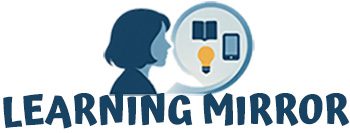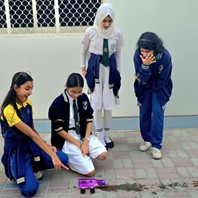
Teaching the concept of Binary Files to Grade 12 Data Science students often feel abstract — filled with technicalities about reading, writing, and manipulating data in binary form. To make the topic more engaging and relatable, I introduced a creative classroom strategy called “Code-as-Story”, where students narrate the logic of a program as a real-life story before translating it into Python code.
Instead of diving straight into file-handling syntax, students were asked to imagine real-world scenarios where data is stored securely — like a librarian keeping digital records of books in a locked binary vault or a photographer saving pictures in coded memory boxes. Each part of the story represented a programming concept — opening the file, writing encoded data, reading it back, and closing the file safely.
Students then wrote short, creative stories describing these actions in plain English before converting them into Python programs using commands like open(), read(), write(), and close(). This storytelling approach made the logic behind binary file handling both visual and memorable.
Storytelling bridged the gap between abstract programming syntax and real-world understanding. By “telling” what the code was doing, students grasped the purpose behind each step — why binary files are used for faster, more secure data storage and how they differ from text files. The classroom came alive with laughter and imagination — from “digital diaries” to “secret code vaults,” every student had a unique story to tell.
The method turned into a great learning experience. Students who initially struggled with the technical terms like “binary mode” or “pickling” could now explain them with clarity and confidence. Their programming accuracy and debugging skills improved, as they could “hear” the logic of what their code was supposed to do. The collaborative storytelling activity encouraged teamwork, creativity, and deep conceptual learning.
Through the “Code-as-Story” approach, a complex and theoretical topic like Binary Files was transformed into a creative, relatable, and enjoyable learning experience. By combining logic with imagination, students didn’t just learn how to code — they learned how to think like coders who can connect technology to real-life meaning.
Renjini Anup


